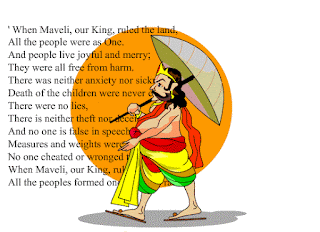 |
| Vadu Manga/Tender Baby Mangoes |
Mango is
loaded with anti-oxidant vitamin A (beta carotene), Vitamin C and Vitamin E;
traces of Vitamin B1, B2, B3, B6 and B9. It also includes minerals like
potassium, phosphorus, Calcium and Magnesium.
I am a
huge fan of vadu mango, particularly Kerala’s kanni mango achar. It is very healthy as it is an oil free pickle which
keeps well for up to 2 years. This pickle is common in regions of Tamilnadu,
Kerala, Karnataka & Andhra. This is a seasonal product. You will get Mavadu
only in March-April. Being a seasonal fruit, both ripe and unripe forms take a
major place in everyday cuisine during the season. One favourable
saying is like this "Maatha
Ootadha Soru, Mavadu Ootum". meaning,
The mango will feed the food that one's mother does not feed.
Ingredients:
Tender
Raw Tiny Mangoes 50 no
Colorful
red chilies 15 no.(adjust according to your spice
level)
Crushed Mustard Seeds 4
tbsp.
Fenugreek
seeds 1 tsp.
Asfoetida: 1
tbsp.
Rock
Salt ½ cup-3/4 cup (as per your taste )
Method:
- Select
small, solid, fresh and tender mangoes. Just smell and ascertain freshness.
- Just clean for dirt. Wash the mangoes. Wipe it
with your kitchen napkin.
- In the
meanwhile get out your large pickling jars, ensure they are cleaned well, nice
and dry.
- In a
glass jar mix the mangoes and salt and keep it aside for 5 to 7 days.
- Drain
the salt water collected from the jar.
- Soak the
red chilies, fenugreek seeds for an hour in the salt water.
- Grind
coarsely and mix it with mango pieces.
Add crushed mustard seeds & Asafoetida in it.
- Mix well
and close the jar tightly.
- Keep in
a cool dark place. Keep stirring every day for another week.
- When it
is done, you can see the color change of the mangoes. When it is ready, use it.
- Serve
with Curd Rice. So
simple, but truly delicious, an all-time favorite!
Note:
- Buy
bunches of these mangoes with their stem intact.
- Get
the overpowering smell of fresh sap,
raw, tart & fresh ones.
- Try to
pick even sized mangoes an inch long
perhaps.
- Always
use clean and dry spoon to serve the pickle.








